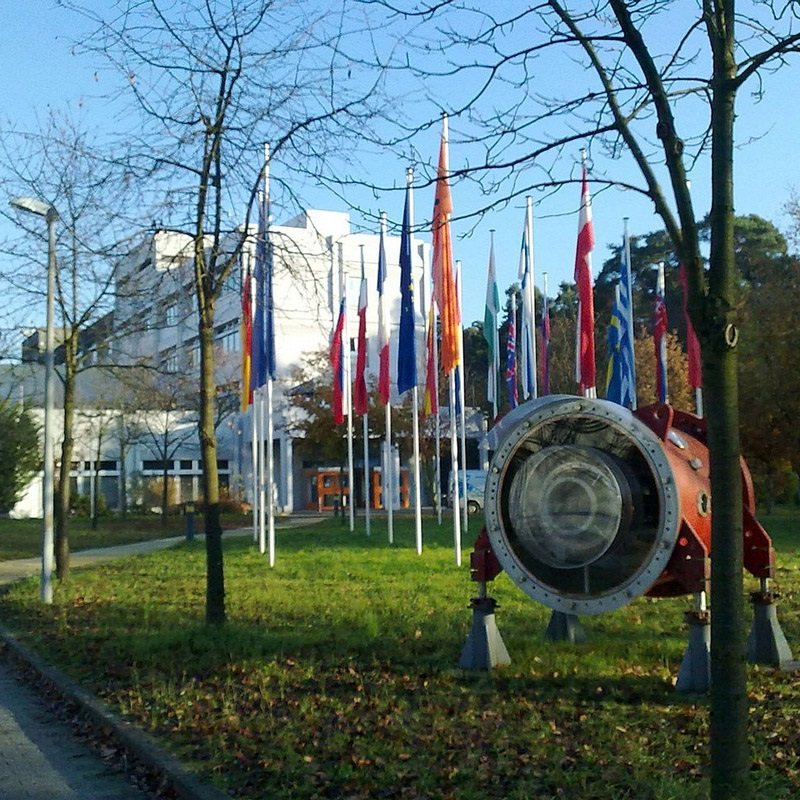Meitner
109
Mt
Grupa
9
Okres
7
Blok
d
Protony
Elektrony
Neutrony
109
109
159
Ogólne właściwości
Liczba atomowa
109
Masa atomowa
[278]
Liczba masowa
268
Kategoria
Metale przejściowe
Kolor
Nie dotyczy
Radioaktywny
Tak
Named after Lise Meitner, the Austrian physicist
Układ krystalograficzny
Nie dotyczy
Historia
Meitnerium was first synthesized in 1982 by a German research team led by Peter Armbruster and Gottfried Münzenberg at the Institute for Heavy Ion Research (Gesellschaft für Schwerionenforschung) in Darmstadt.
The team bombarded a target of bismuth-209 with accelerated nuclei of iron-58 and detected a single atom of the isotope meitnerium-266.
The team bombarded a target of bismuth-209 with accelerated nuclei of iron-58 and detected a single atom of the isotope meitnerium-266.
Elektrony na poszczególnych powłokach
2, 8, 18, 32, 32, 15, 2
Konfiguracja elektronowa
[Rn] 5f14 6d7 7s2
Meitnerium has 7 isotopes whose half-lives are known
Właściwości fizyczne
Stan skupienia
Ciało stałe
Gęstość
35 g/cm3
Temperatura topnienia
-
Temperatura wrzenia
-
Ciepło topnienia
Nie dotyczy kJ/mol
Ciepło parowania
Nie dotyczy kJ/mol
Ciepło właściwe
- J/g·K
Ilość w skorupie Ziemi
Nie dotyczy
Ilość we Wszechświecie
Nie dotyczy

Opis Obrazu: Wikimedia Commons (Commander-pirx)
Pierwiastek został odkryty w Instytucie Badań Ciężkich Jonów w Darmstadt, Niemcy
Numer CAS
54038-01-6
Numer CID PubChem
Nie dotyczy
Właściwości atomowe
Promień atomowy
-
Promień walencyjny
129 pm
Elektroujemność
-
Energia jonizacji
-
Objętość molowa
-
Przewodność cieplna
-
Stopnie utlenienia
3, 4, 6
Zastosowania
Meitnerium is used for scientific research purposes only.
Meitnerium is harmful due to its radioactivity
Izotopy
Stabilne izotopy
-Niestabilne izotopy
265Mt, 266Mt, 267Mt, 268Mt, 269Mt, 270Mt, 271Mt, 272Mt, 273Mt, 274Mt, 275Mt, 276Mt, 277Mt, 278Mt, 279Mt